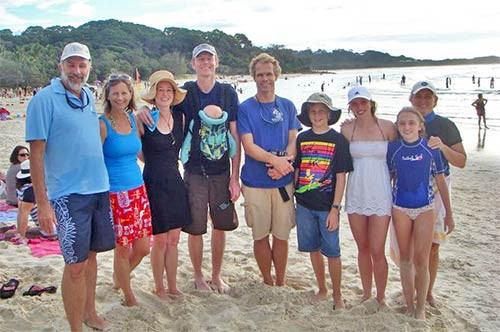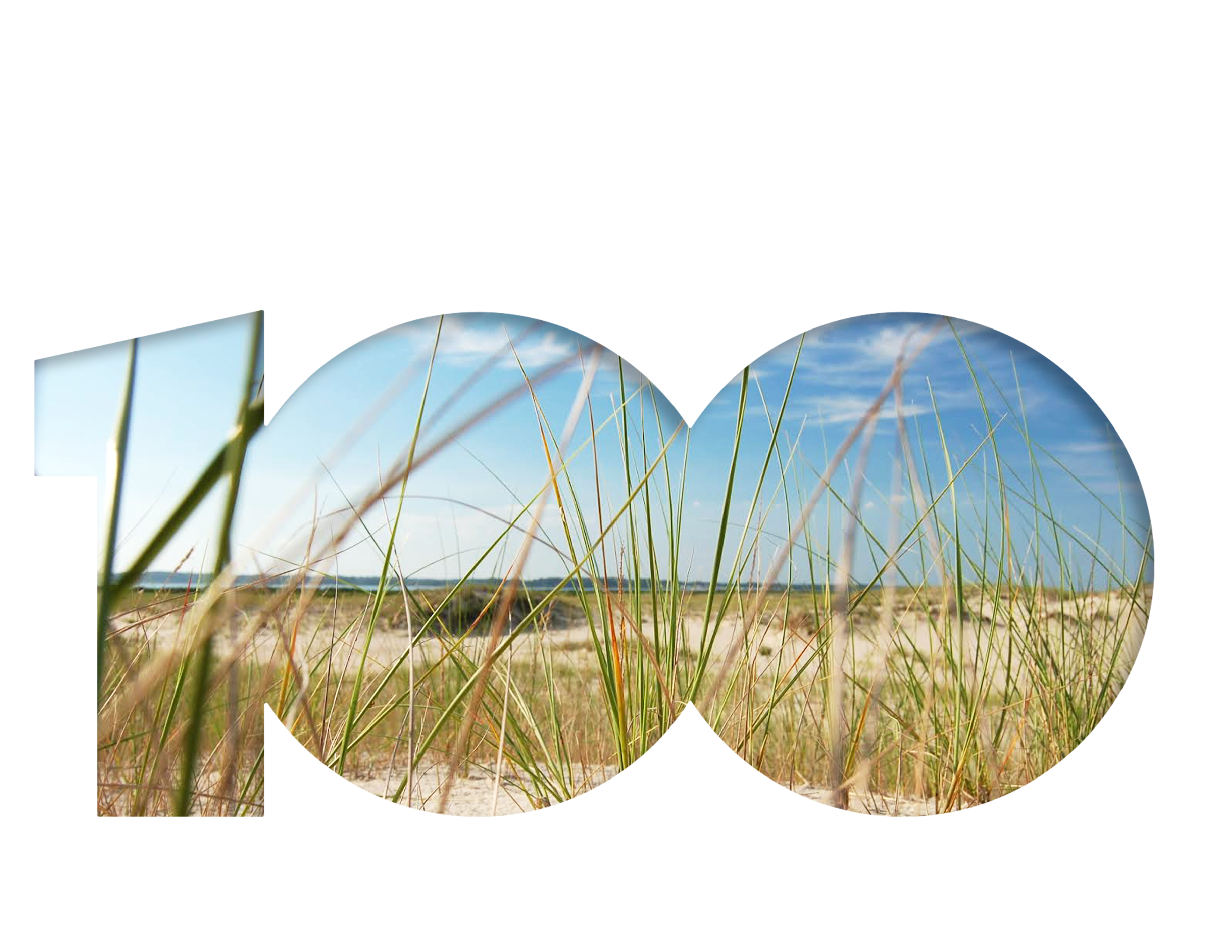Seven attributes of a vibrant science group
Bill Dennison ·When I was at the University of Queensland, we had a very active group of researchers, science communicators, graduate and undergraduate students investigating seagrasses, mangroves, corals, macroalgae, phytoplankton, benthic microalgae, bacteria and viruses. We called ourselves the Marine Botany group, also known as 'Marbot'. While the Marine Botany group has dispersed and the logo and website have faded, the people who had this shared experience have been thriving in a diversity of pursuits. This led me to ask, what was it about the Marine Botany experience that provided the training and inspiration to promote the careers of those involved?

There are seven attributes to a vibrant science group that emerged from the Marine Botany experience: 1) teamwork, 2) empowered individuals, 3) a 'can-do' attitude, 4) fun, shared experiences, 5) integrated support network, 6) evolving leadership opportunities and 7) group learning. Each of these will be explained in turn.
1) The Marine Botany experience was first and foremost a team approach. Resources were pooled and people helped one another in the field, in the lab, analyzing data and communicating results. Learning how to work in a team is an important life skill to apply in a variety of settings.
2) The Marine Botany group made a difference, which became an empowering attitude to take to new ventures. The role Marine Botany had in developing the Healthy Waterways program, setting up a monitoring program, and exporting lessons to other locations was exciting. Students could share the experience of having Marine Botany science used in decision making.
3) The 'can-do' attitude that was promoted within the Marine Botany group was that we believed that we could tackle any challenge and we could work with anybody in order to achieve the goals that we set out to achieve. This attitude was infectious and we formed excellent partnerships with similarly minded groups and individuals.
4) Perhaps one of the most important aspects of the Marine Botany group was that we had fun. There were lots of parties, shared experiences, and laughs with a diversity of interesting projects. A tongue-in-cheek motto was "Marine Botany: A new adventure every day", and this made coming to work something to look forward to.
5) A key component to maintaining a successful group was the support network that enabled Marine Botany to thrive. We had fantastic staff who applied their talents in facilitating and enabling the scientists to conduct research and communicate effectively. The support staff were integrated into the program and they kept us solvent, compliant and legal while allowing us to remain nimble and active.
6) The Marine Botany group evolved over time and tackled larger and more complex problems in each new phase, building on the skills and capabilities that we had acquired. The phase shifts occurred at roughly three year intervals and increased the responsibilities for individuals within the group, allowing people to develop leadership skills.
7) The Marine Botany group created a group learning experience, with deep knowledge resulting from field trips and science communication. Field trips provided first hand observations that promoted experiential learning (see previous blog post). Communicating scientific results helped solidify our understanding (the way to really learn something is to teach it).
The Marine Botany group has contributed to the development of the Integration and Application Network at the University of Maryland Center for Environmental Science by instilling the teamwork approach, empowering individuals to succeed, providing a 'can-do' attitude, having fun, building a support network, continuing to evolve and achieving group learning experiences.
Key Marine Botany alumni have contributed to IAN in the following ways. Dr. Tim Carruthers, a Marine Botany post-doc, came to Maryland with me in 2002 to set up IAN. Tim has had a crucial input to everything we do at IAN, fostering productive partnerships and maintaining substantial outputs. Tim was the first Science Integrator and then the first Program Manager with IAN. Dr. Ben Longstaff, a Marine Botany graduate, came to IAN/Eco-Check and set up the Chesapeake Bay report card, before moving on to Canada. Dr. Adrian Jones was a Marine Botany alumnus who has been a Science Integrator and the IAN webmaster since its inception. The IAN website and various spinoff websites have developed an active following. Tracey Saxby, another Marine Botany alumnus, has been a Science Communicator and she is responsible for organizing and developing the online symbol libraries. Jane Thomas was a Marine Botany alumnus who came to Maryland as a Science Communicator. She has produced several books and a host of other publications and helped set up the Annapolis Synthesis Center.
About the author
Bill Dennison

Dr. Bill Dennison is a Professor of Marine Science and Vice President for Science Application at the University of Maryland Center for Environmental Science.

